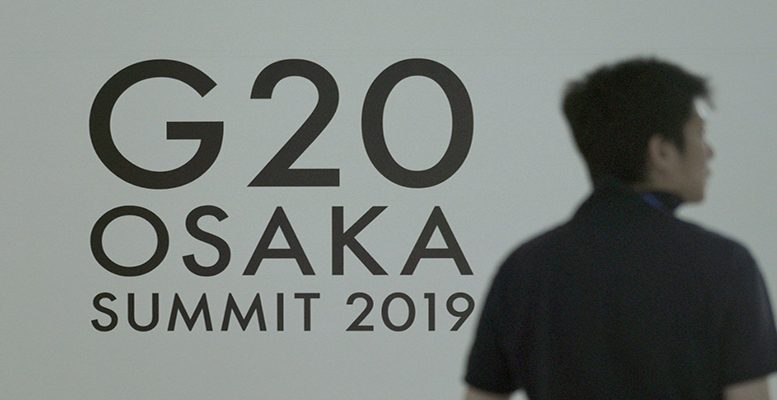Anthony Chan (UBP) | In the run-up with regards to the on-going Sino-US trade talks, we have seen the carrot-and-stick approach from both sides as they leverage their respective negotiating power.
The key events are:
- In additional to Huawei, the US administration has further blacklisted another five major Chinese super- conductor/super-computer firms to prevent them from doing business with US. This is an escalation of tech war that has added another dimension to the trade war saga.
- US vice president Mike Pence has finally decided to withdraw his critical speech on China for the 30th anniversary of June 4 event. President Trump argued that the timing of the speech would not help on-going trade talks with China.
- Chinese president Xi Jinping’s unexpected visit to North Korea last week received unprecedentedly warm official reception by Kim Jong-un. This can be interpreted as a show of power by China of its close relationship with North Korea. Beijing may use its influence on possible denuclearisation of North Korea as one of the bargaining chips with the US.
- Also, surprisingly, it was reported that President Trump had sent a letter to Kim Jong-un. North Korea’s official statement described that it has an ‘excellent content’ and the regime felt the letter was ‘satisfactory’.
- Ever since Trump’s additional tariff imposition on 10 May, China has doubled its efforts to consolidate non-US strategic alliances. The latest round of economic cooperation with Russia is an intended move to counter any further fallout from its strategic confrontation with the US.
Likely outcomes
The above developments suggest that an outright break-up of talks at the G20 meeting between US and China looks unlikely. But there is no evident breakthrough on lingering issues that caused an abrupt ending to the negotiations last month. Issues such as tariff removal and any change in Chinese laws to accommodate US’ demand for reform on forced technology transfers and market access remain.
We see the most likely outcome from the G20 meeting is an extended truce while negotiations resume but with all existing tariffs maintained.
We attach the following probabilities for three different scenario outcomes:
- No trade deal, resumed negotiation, no tariff removed (50% probability)
- Trade deal, new tariff removed (20%)
- Full break-up, tension escalates and spread into non- trade sanctions (30%)
If trade talk resumes, as anticipated in the first scenario, it will cause little excitement on the upside potential because of existing tariff constraint as well as still worrying US-China relationship. Investors’ focus on policy stimulus from both China and US will be the key market drivers.
The US Federal Reserve has already turned dovish in communication and it is a matter of the timing for the next rate cut.
We expect Beijing will have the capacity to reflate the economy with both monetary and fiscal stimulus but only to the extent that the global economy will not slip into a recession. In our forecast, this is merely a tail risk at this stage.





